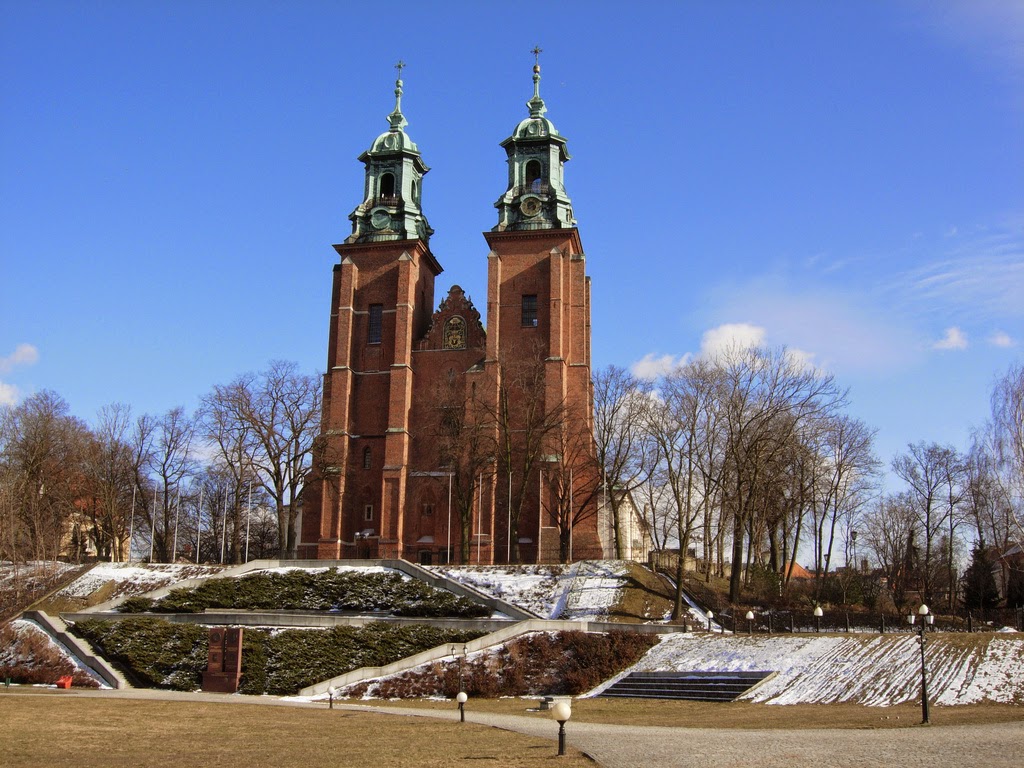How to
successfully soak and clean OLD and NEW stamps!
Cleaning stamps is perhaps one of
the most critical parts of stamp collecting. Unless you buy or swap for only
"off paper" stamps, there will come a time when you will have to
clean an amount of stamps. There are lots of different ways to approach this
task, and hopefully this guide (and a few years of my trial and error) will
enable you to carry out this task with great efficiency.
Stamps generally break down into
three age categories: Pre-1966 stamps, 1966 to 1990, and 1990 to now.
The pre 1966 stamps include all
the pre-decimal definitives, as well as the state stamps, postage dues, etc.
Obviously, these stamps being older, they require much more care and attention.
I have found that in some cases, these stamps may not need to be cleaned,
especially if they have a really clear and interesting postmark.
If you feel they DO need to be
removed off paper, then you will need a small container of cold to luke warm
water, some kitchen paper towel and some desk space. I have found that when the
water temperature is too hot, some stamps can become damaged, lose colour, fray
or just fall apart, so cold water is okay for these stamps.
Some stamps from prior to 1966,
especially state stamps, postage dues, and several British stamps, will have
dyes that will run in water. If you suspect you have a stamp like this, or if
you want to check to make sure, wet the end of your finger in the water, pat
dry most of the water, and then lightly touch the front of the stamp in one of
the corners, or some other non-obvious place. You can tell immediately if the
colour will run, simply by looking at the stamp condition, or at the end of
your finger. BE CAREFUL! Small water damage may affect the value of your stamp!
Some stamps that have caught me
out in the past are the NSW 1d 1897-1910 definitive (Red), the QLD 1d 1890-1911
Sideface (Red), and also the WA 1d 1902-1912 Swan and Queen definitive stamps.
All of these stamps are prone to have some ink run. Nothing serious... no
damage to the stamp, but if you are soaking a nice light stamp, you will see
some of the red colour transfer... leaving you with one red stamp, and one
slightly PINK stamp!
Put ONE singe layer of SIMILAR
COLOUR stamps in the container (ice-cream, or chinese takeaway containers work
best) and leave for about 1/2 hour. After this time, tear off 2 sheets of
kitchen paper and lay of flat surface, then using tweezers, gently remove
the PAPER FROM THE STAMP (not the other way around as the stamp will be quite
delicate once saturated) and then with a spoon, scoop the stamp from the water
and lay it face up on the paper. In some cases, post mark ink may run when wet,
so it may be safer (although more time consuming) to do one stamp at a time,
particularly if the post mark is heavy, or of a strong colour. Once all the
stamps have been removed, wait 10 minutes and turn all the stamps over. This
will stop them from curling. Wait for them to dry completely, and they should
be ready to put in your album or stockbook.
The stamps from 1966 to 1990 have
the benefit of improved print techniques, improved paints and dyes, and also
better quality paper. Most of the stamps from this era won't run or fade in
water, and are mostly the lick and stick types. Because they are a little bit
hardier, the process for removing them from paper is a little less complicated.
I have found that the best way to
remove these stamps is to place them in an ice-cream container filled with warm
water. Leave them for about 15 minutes (or until they have all separated from
the paper) and then using tweezers, just pick them out and lay them on the
kitchen paper.
Once dry, i have found that these
stamps generally do not curl, but if curling occurs, simply place another 2 lays
of kitchen paper on top of the semi-dry stamps, and then place a stockbook on
top.
The last category is the 1990 to
now stamps. Basically, there are 2 main types of stamps: Peel and Stick,
and and the Lick and stick stamps. As the stamps in this age category
are also quite hardy, the process is again much simpler.
I have found it possible to soak
up to 100 stamps at a time in a large ice-cream container filled with hot
water. Just place all the stamps in, wait for 15 minutes, and then remove all
the stamps and place them on the kitchen paper. The peel and stick stamps i have
found curl the most, and the best way i have discovered to stop this from
happening is to place 2 layers of Reflex paper on a table, lay out the semi-dry
stamps, place 2 more layers of Reflex paper, (more stamps, more paper, more
stamps more paper, etc) and then once the last 2 sheets of Reflex have been put
on top, place all the phone books you have, and all your stockbooks on top and
leave them for a day. This will ensure that your stamps will be both dry, flat,
they wont stick to the reflex, and they will be nice and white.
http://www.ebay.com/gds/How-to-successfully-soak-and-clean-OLD-and-NEW-stamps-/10000000001066722/g.html




















.jpg)
















